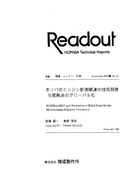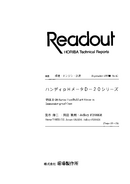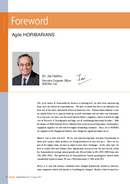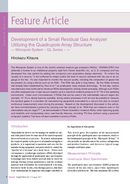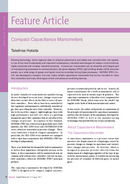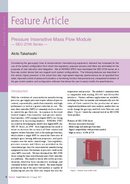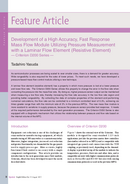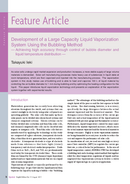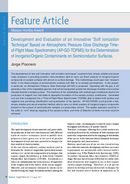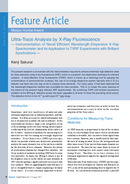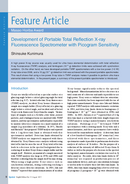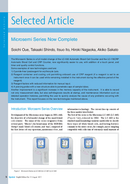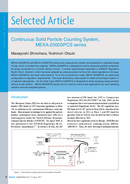PDF
1.93
MB

Analysis of Diesel Exhaust Particles by Microwave Induced Plasma Emission Spectroscopy
Author: Soji Sakamoto
– This article discusses an application of helium microwave-induced plasma emission spectroscopy (He-MIP) for analysis of unidentified particles in diesel exhaust that may affect human health. He-MIP can detect light elements such as boron and carbon with adequate sensitivity. Horiba has studied the applicability of particle analysis using the He-MIP technique. The article describes the principles and characteristics of this sensitive analysis procedure.
(Same content in Japanese is in Readout No.15-Japanese edition-.)



